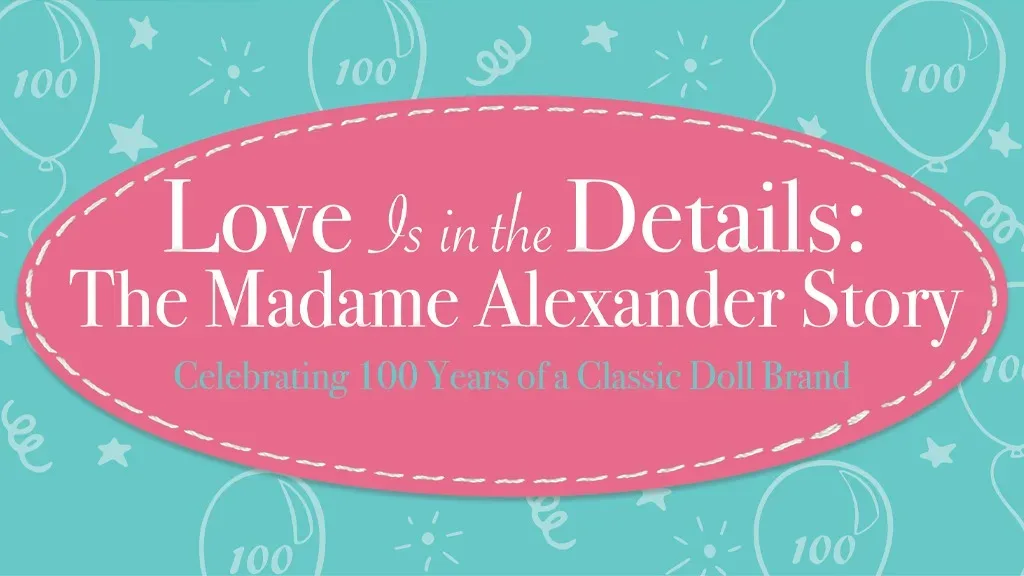As legend has it, Beatrice Alexander Behrman first marched herself into FAO Schwarz back in 1923. Better known to history as Madame Alexander, this determined saleswoman was visiting the iconic toy store with one goal: to make the first sale of her handcrafted dolls. She succeeded.
It’s only fitting, then, that the Madame Alexander Doll Co. — which Behrman founded that same year and is still in business today — hosted its largest 100th-anniversary event at the current FAO Schwarz flagship store in New York City earlier this year.
The FAO Schwarz story is one of many legends surrounding Behrman. Another, according to David Morgenstern, Vice President of Sales at Madame Alexander, is that Warner Bros. cast actress Vivian Lee in Gone with the Wind primarily because she resembled Madame Alexander’s popular, book-inspired Scarlett O’Hara doll. “I don’t think that’s true,” Morgenstern admits. “But it’s a good story.”
What is certainly true, however, is that Madame Alexander had a significant impact on the dolls category and the toy industry at large. It would be impossible to fit all 100 years of Madame Alexander’s history onto these pages — Behrman’s innovations alone are a staggering list.
She popularized “sleep eyes” (doll eyes that close when kids lay down the doll) and rooted hair; launched some of the first-ever, officially licensed toys for literary and entertainment properties, including Alice in Wonderland, Gone with the Wind, and Little Women; and debuted Cissy, the first fashion doll in the U.S.
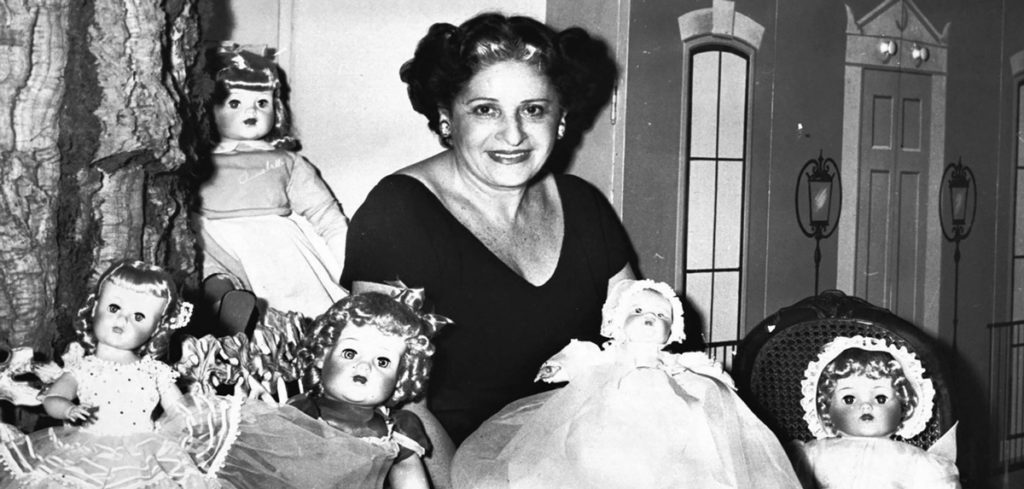
In addition to being an industry disruptor, which earned her induction into the Toy Industry Hall of Fame in 2000, Behrman was one of the first women in the U.S. to start her own business. David Niggli, Chief Merchandising Officer at FAO Schwarz, highlights this when describing the dollmaker.
“I was lucky to have met Madame Alexander and came to realize what a pioneer she was in the toy industry,” he says. “Celebrating the 100th anniversary of Madame Alexander at our flagship store during Women’s History Month is so significant.”
But perhaps most notable among Behrman’s contributions was her work in materials. She replaced the porcelain bodies that had always been the standard in dolls, first with cloth and later with plastics. According to company legend, Behrman grew up in her father’s fix-it shop, watching young girls bring him their broken porcelain dolls, which were not easy to repair. “And the little girls were crying,” Morgenstern, who has been with Madame Alexander for 26 years, says. “And she really wanted to make something that would last and be a little bit more durable.”
Generally, he adds, Behrman looked at dolls as more than toys. She saw them as a learning opportunity, teaching kids skills such as etiquette and how to dress themselves, or introducing them to different places in our world and characters from the world of literature.
Another hallmark of a Madame Alexander doll? The attention to detail. Morgenstern recalls when he first joined the company, and the office was still in Harlem, New York. Every doll, he says, had double stitching on the bottom of the dresses, removable clothes, the Madame Alexander logo inside each shoe, and a hang tag inside every hat. And that sentiment hasn’t changed.
“I can still take a look at a simple $15 or $20 retail baby doll or one of our $300 or $400 collectible dolls, and the same type of stitching is in every one of the dolls,” he says. “Our tagline for the last 15 or 20 years is ‘Love is in the details.’ It really applies on a daily basis to what we do.”
“Our tagline for the last 15 or 20 years is ‘Love is in the details.’ It really applies on a daily basis to what we do.”
– David Morgenstern, Vice President of Sales, Madame Alexander
This commitment to quality, durability, and detail ultimately made Madame Alexander dolls long-lasting toys. While that was Behrman’s hope, an unintended side effect was that the dolls became collectible. According to Morgenstern, she wanted kids to play with the dolls, not sit them on a shelf.
However, that unintentional side effect is the fuel that has kept Madame Alexander going for so many decades. Back in 1961, the company sanctioned the charter for an official Madame Alexander Doll Club, which remains active to this day. The organization hosts an annual convention, has an official publication called The Review, and offers doll lovers an opportunity to connect.
Plus, the long-lasting dolls — and a love for them — are passed from generation to generation. This was on display in a Season 2 episode of the Hulu series The Kardashians last year. In the show, reality star Kris Kardashian saw Madame Alexander dolls in a toy store, proclaimed them to be her favorites, and bought six of them on the spot for her granddaughters.
While this was a mainstream moment of exposure for the brand, Morgenstern says that kind of buzz is rare. Instead, he says, love for Madame Alexander grows more organically.
“It’s grassroots,” he says. “It’s women all over the U.S. who have grown up with these dolls that want to pass ‘em on from generation to generation. And men, too. So it’s not the flash in the pan, it’s not the biggest star that’s advocating your product. It’s just the hundreds of thousands of women over the years that have bought Madame Alexander dolls and still cherish them.”
That ongoing dedication from consumers and collectors has also fueled the brand’s year-long 100th-anniversary celebration, which the company has been planning for more than three years. In addition to April’s media event at FAO Schwarz, dozens of smaller, specialty toy stores will host anniversary events throughout this year. There are also a variety of limited-edition centennial dolls slated for release and even a Madame Alexander anniversary exhibit at the Strong National Museum of Play in Rochester, New York.
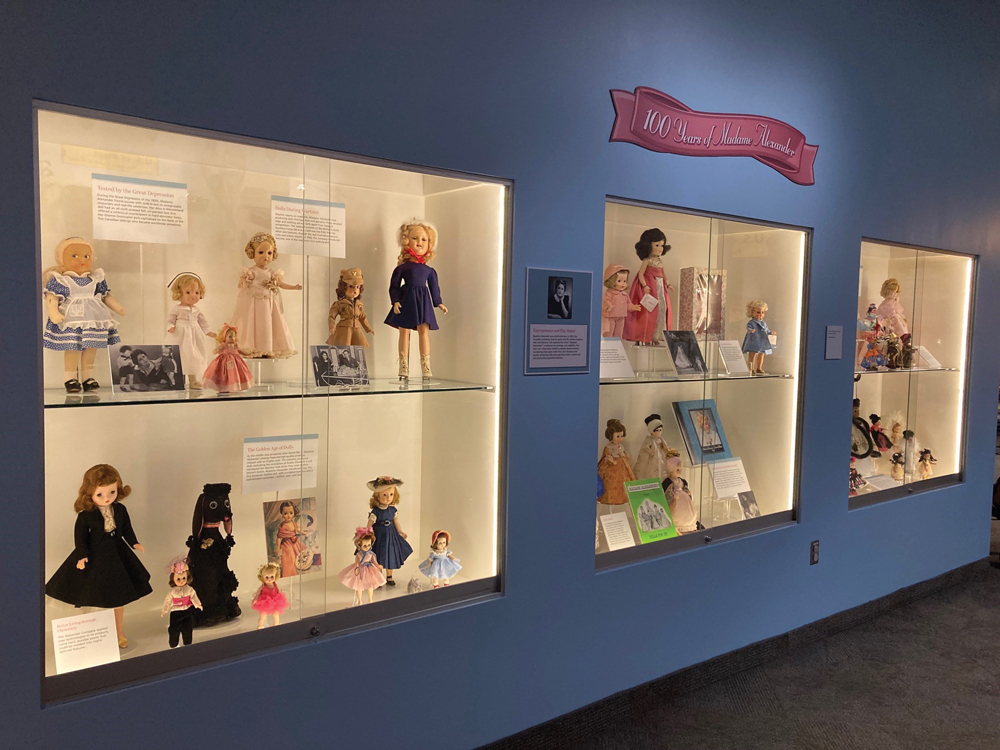
The Madame Alexander anniversary exhibit | Source: The Strong National Museum of Play
According to Michelle Parnett-Dwyer, Curator of Dolls and Toys at The Strong, the exhibit is filled with “gems,” including dolls from throughout the company’s history. Highlights include Cissette in Black Velvet Toreador Pants, a W.A.A.C. Doll, and Cissette as Jacqueline Kennedy.
“With Madame Alexander turning 100, it only made sense for the museum to look back at its important history and share some of the dolls in our collection,” she says. “Beatrice Alexander was an industry trailblazer. …. Her iconic dolls and their intricate fashions document history and the evolving culture.”
And over the course of a century, culture has certainly evolved. As with any long-standing company, Madame Alexander has adapted and changed to stay relevant in the modern era.
For example, Madame Alexander dolls were once, in Morgenstern’s words, the darlings of department stores. “They were featured in wonderful glass cases in every single place,” he recalls.
However, as department stores have become almost obsolete in the retail landscape, the company has relied on other long-term relationships and adapted to changing consumer culture.
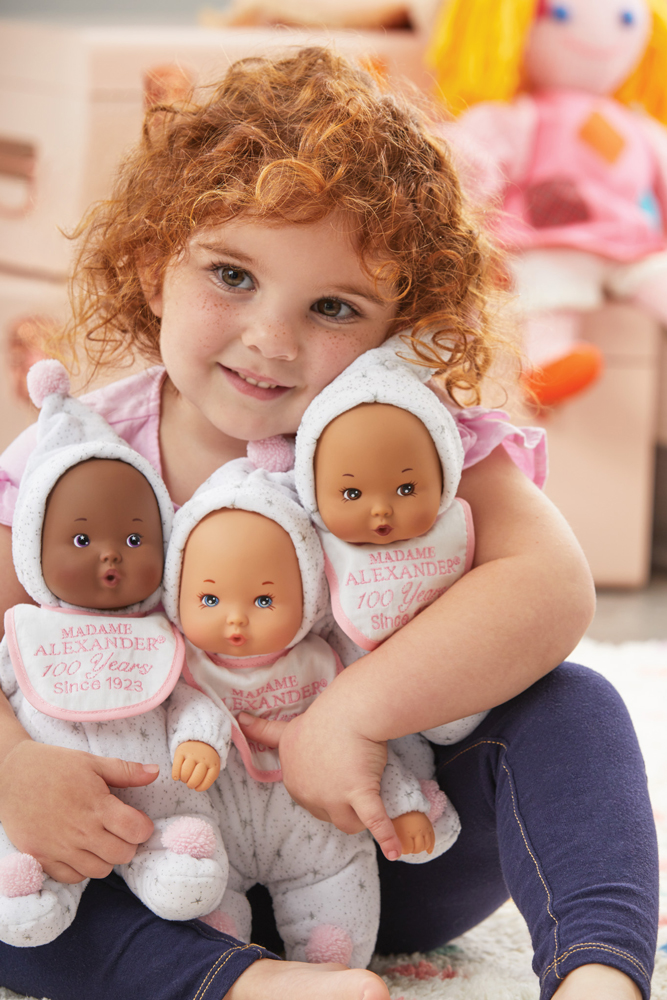
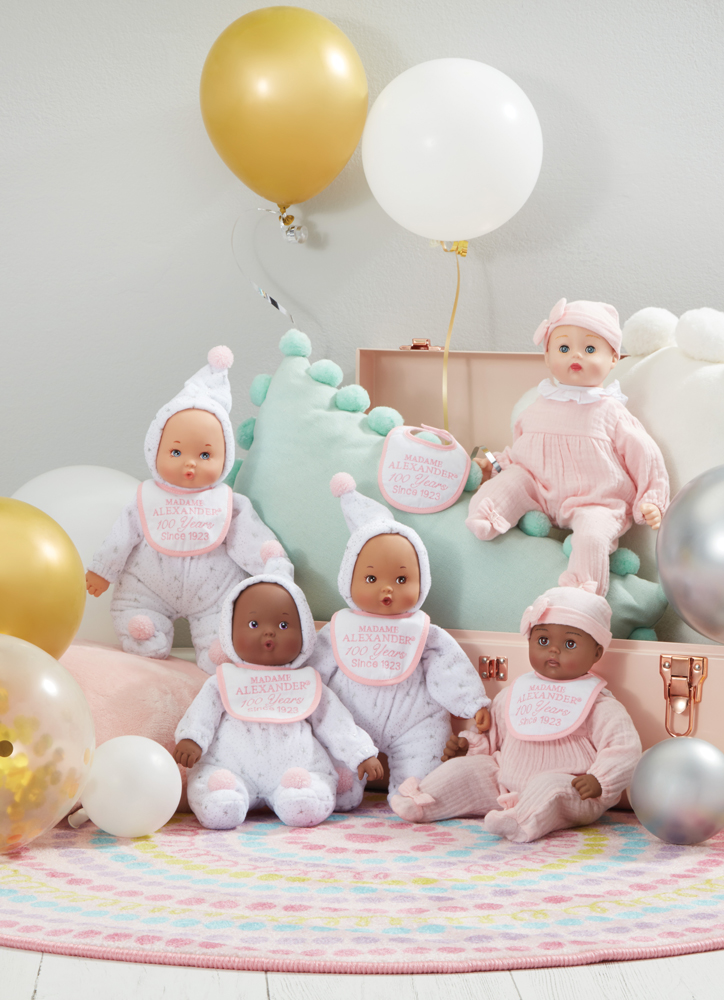
My First Centennial dolls | Source: Madame Alexander
“We still have a lot of loyal retailers out there that have carried our collectible dolls and now carry more of our baby dolls,” he says. “Because the Generation X and the Generation Y moms, they’re thinking about value. They’re thinking about dolls that won’t break. And our dolls are really, as far as price point goes, very popularly priced nowadays.”
Morgenstern says the company also continues Behrman’s spirit of innovation, expanding beyond collectible dolls and baby dolls. In 2020, for example, Madame Alexander launched a line of 18-inch dolls called The Kindness Club. Last year, the company introduced an entirely new sculpt for an 8-inch fashion doll line called It’s All Me. This year, the company released the Learn to Dress Koala, a plush companion that directly carries on the goal of teaching kids through play.
While these newer toys may not look anything like the dolls that Beatrice Alexander Behrman carried into FAO Schwarz 100 years ago, or the doll sculpts that earned the company its loyal following, Morgenstern says the quality is what stays the same.
“They don’t look like Wendy dolls,” he says. “They don’t look like Cissy dolls. But the tradition and the ‘love is in the details’ just shine through with every doll we make.”
A version of this article was originally published in the 2023 Classics & Specialty Issue of The Toy Book. Click here to read the full issue! Want to receive The Toy Book in print? Click here for subscription options!

